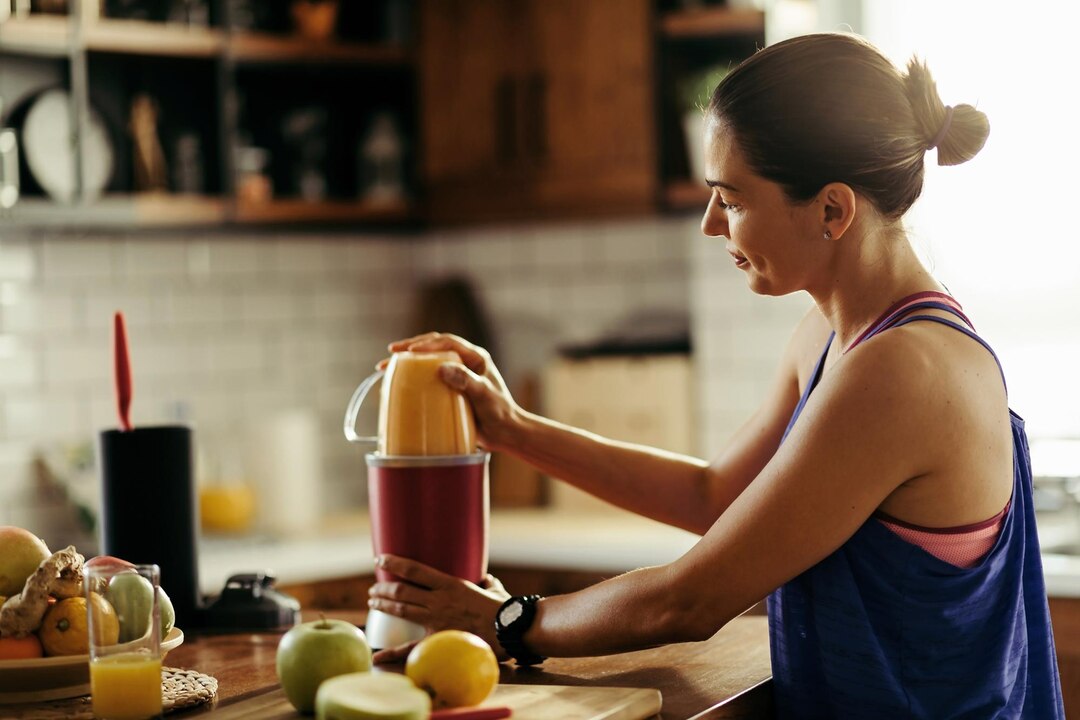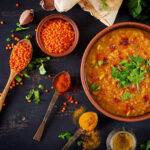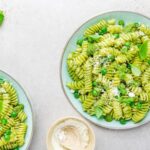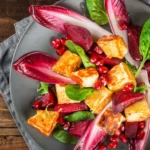In the world of health and wellness, juicing and blending have become increasingly popular methods for incorporating fruits and vegetables into one’s diet. Both techniques offer a convenient way to boost nutrient intake and promote overall well-being. However, the debate over which method is superior for health benefits remains ongoing. Let’s delve into the differences between juicing and blending to determine which might be the better choice for your health.
Juicing: Extracting Liquid Nutrition
Juicing involves the extraction of liquid from fruits and vegetables, leaving behind the fibrous pulp. This process typically utilizes a juicer, which separates the juice from the solid components. Proponents of juicing argue that it allows for the rapid absorption of nutrients, as the digestive system doesn’t need to break down fiber before accessing the vitamins, minerals, and antioxidants present in the juice.
Benefits of Juicing:
- Concentrated Nutrients: Juicing provides a concentrated source of vitamins, minerals, and antioxidants in liquid form, which can be quickly assimilated by the body.
- Improved Digestion: Without the presence of fiber, the digestive system may experience less strain, making it easier for some individuals to digest and absorb nutrients.
- Detoxification: Some juicing proponents believe that it supports the body’s detoxification processes, although scientific evidence on this is limited.
Potential Drawbacks of Juicing:
- Reduced Fiber Intake: Juicing removes the fibrous pulp, which is a valuable source of dietary fiber. Fiber plays a crucial role in digestive health, satiety, and blood sugar regulation.
- Increased Sugar Content: Without fiber to slow down the absorption of sugars, fruit juices can lead to rapid spikes in blood sugar levels.
- Cost and Waste: Juicing requires larger quantities of produce to yield a significant amount of juice, potentially resulting in higher costs and more food waste.
Blending: Retaining Fiber for Satiety and Digestive Health
Blending involves pulverizing whole fruits and vegetables, including their fiber-rich skins and pulp, into a smoothie-like consistency. Blenders are commonly used for this purpose, effectively breaking down ingredients while retaining their fiber content.
Benefits of Blending:
- Fiber Retention: Blending preserves the fiber present in fruits and vegetables, which supports digestive health, promotes satiety, and helps regulate blood sugar levels.
- Sustained Energy: The combination of fiber and nutrients in blended smoothies can provide a steady release of energy, avoiding the rapid spikes and crashes associated with juices.
- Versatility: Blending allows for greater flexibility in ingredient combinations, including the incorporation of protein sources like nuts, seeds, and yogurt for added nutritional value and satiety.
Potential Drawbacks of Blending:
- Bulkier Texture: Some individuals may find the thicker texture of blended smoothies less palatable compared to the smoother consistency of juices.
- Slower Absorption: While the fiber content of blended drinks offers numerous health benefits, it may also slow down the absorption of nutrients compared to juices.
- Oxidation: Blending exposes ingredients to air, which can lead to oxidation and nutrient degradation over time. However, consuming the smoothie immediately after preparation can mitigate this issue.
Both juicing and blending offer distinct advantages and drawbacks when it comes to promoting health and wellness. Juicing provides a concentrated source of nutrients with rapid absorption but lacks the fiber essential for digestive health. On the other hand, blending retains the fiber content of fruits and vegetables, supporting satiety and sustained energy levels, albeit with a thicker texture. Ultimately, the choice between juicing and blending depends on individual preferences, dietary needs, and health goals. Incorporating a variety of whole fruits, vegetables, and other nutrient-dense foods into your diet, whether through juicing, blending, or whole consumption, is key to achieving optimal health and well-being.








